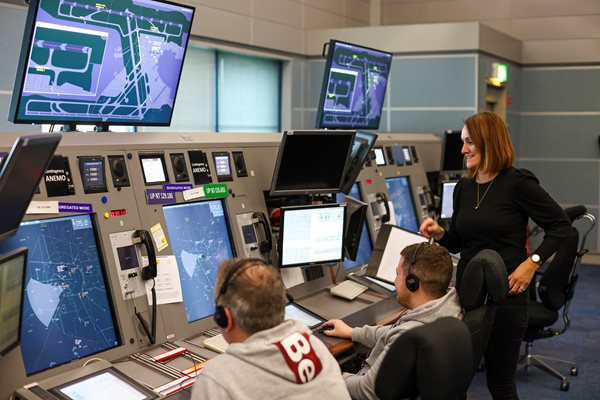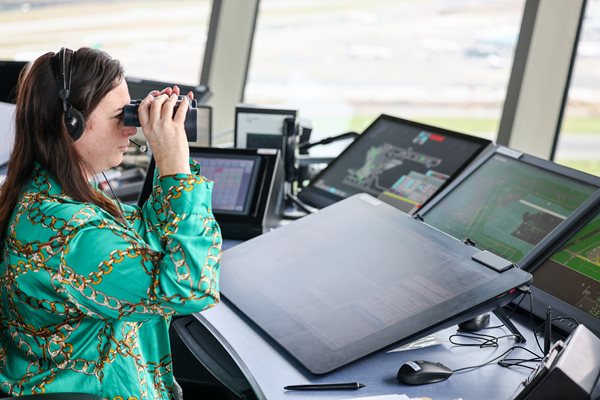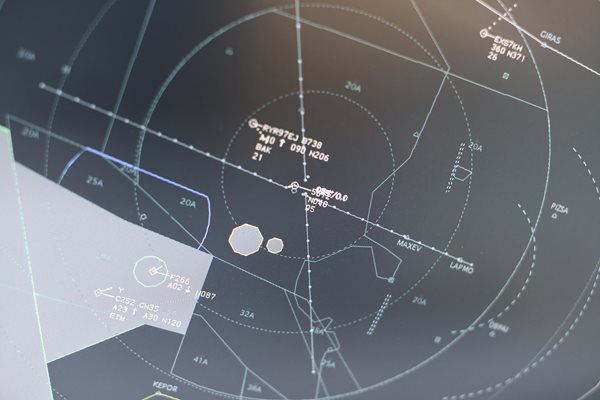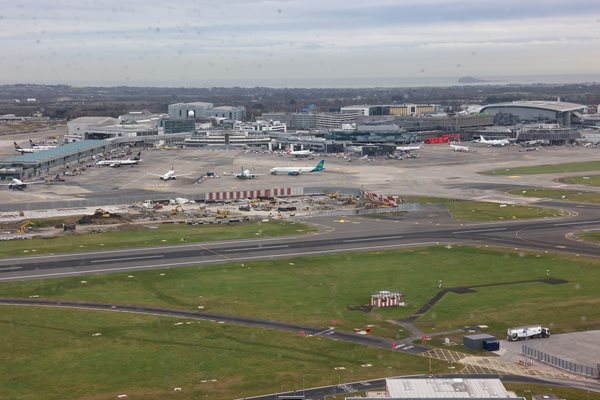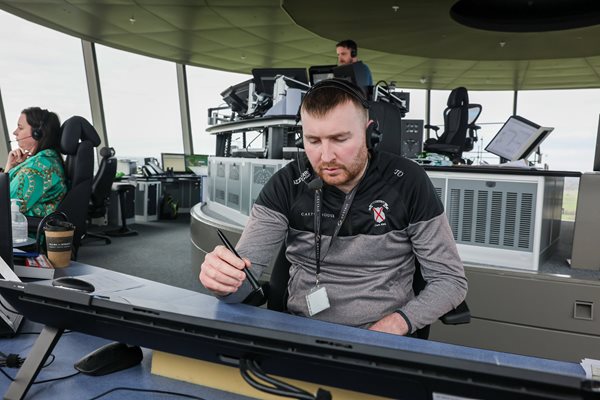What type of engineers do AirNav Ireland employ? |
We employ Air Traffic Safety Electronics Personnel (ATSEPs), also known as Systems Monitoring and Control Engineers. Our ATSEPs are responsible for the operational maintenance and reliability of our ground based telecommunication systems, navigation aids, radars and computer networks provided by AirNav Ireland for the safety and regularity of air traffic. They are the first line of contact for fault and outage reporting by the air traffic control (ATC) station manager, adjacent ATC providers and other external third party organisations. |
What hours do ATSEPs work with AirNav Ireland? |
Approximately 25% of ATSEPs work shift duties (ATSEP Level A Engineers) while the remainder work principally 09:00 - 17:30, Monday to Friday (ATSEP Level A and Level B Engineers). |
What does the ATSEP Level A role involve? |
ATSEP Level A engineers play a key role and have responsibility and accountability for the monitoring and control of all operational ATM equipment / systems which ensures the highest safety standards are always maintained. They are the first line of contact for fault and outage reporting by the ATC station manager on duty, adjacent ATC providers and other external third-party organisations and service providers. Upon fault identification, they are the first line in the expeditious restoration of faults. |
What is involved in ATSEP training and what is the duration? |
The formal ATSEP Level A, System Monitoring and Control training is broken down into a structured programme in alignment with EU regulations for air navigation services egineering competency and involves:
Following on from this, a period of on-the-job-training (OJT) not less than four weeks per trainee will occur. During this time, a comprehensive OJT checklist will be completed. Upon completion of this checklist, a final checkout exam will be undertaken. |
What are the shift rotations of Dublin and Shannon once training is completed? |
DublinIn Dublin, a 4 on 2 off shift is in place. This involves a 9-week cycle of evening, swing (morning and evening with the afternoon off), morning, night, rest day, rest day. For two of the 9 weeks, rostered staff may be required to provider cover for other staff on training, leave or for other reasons. For one week of the 9, flexible short notice attendance (flexi - 1 hour call in) will apply. Ballycasey, ShannonIn Ballycasey, the shift consists of a 5-week cycle of 7 evenings, 7 rest days, 7 nights, 7 rest days, 5 days, 2 rest days. An additional 2 cover week and a week of short notice attendance make up an 8-week cycle in total. |
Will I require accommodation while I am in training? |
Accommodation while in training is the responsibility of the candidate. |
How does annual leave work during training? |
During training, annual leave days are specified by the training coordinator(s). Annual leave has been provided for and incorporated into the training schedule. Once training is completed, A/L requests are subject to the normal roster rules for leave.
|
What are the benefits to working as an ATSEP Level A engineer with AirNav? |
Some of the benefits of working as an ATSEP Level A engineer include:
|

